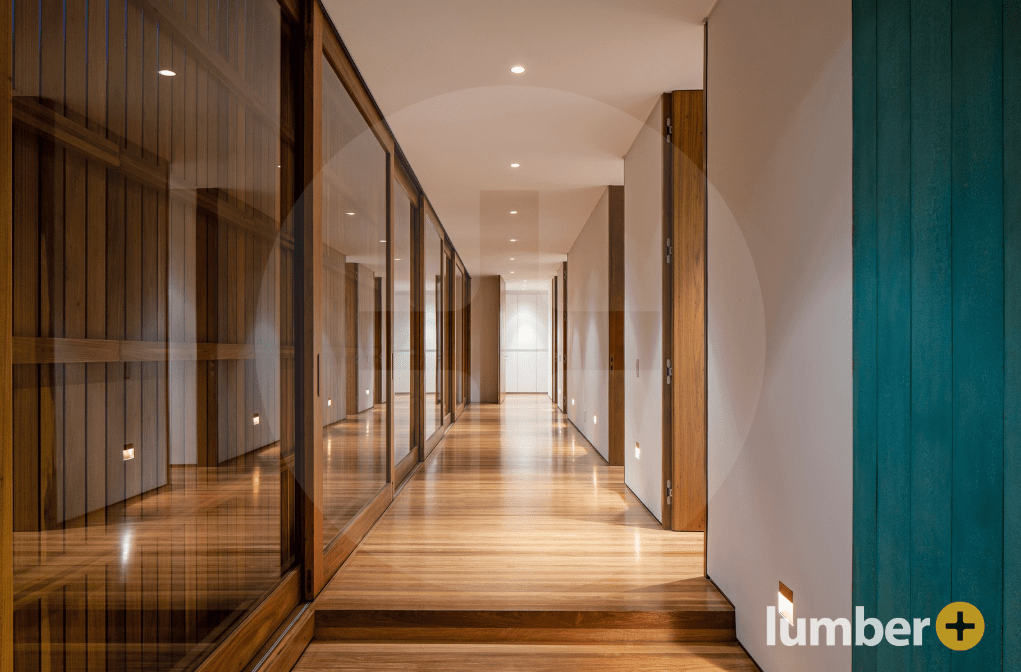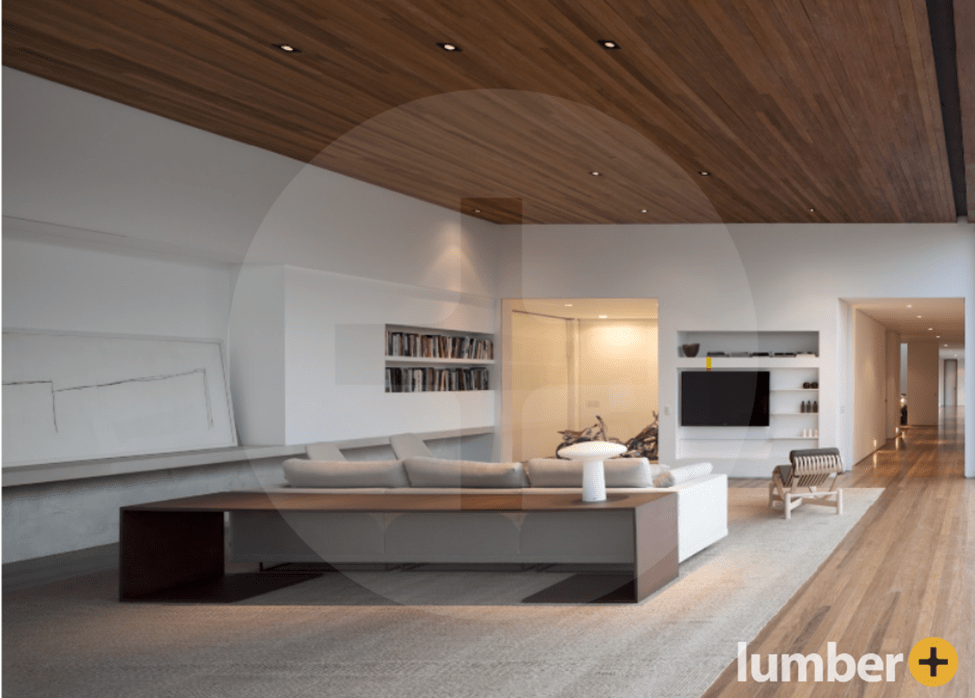Designing an art gallery requires more than just arranging art on walls—it’s about creating an atmosphere where the artwork takes center stage. From layouts that guide visitors intuitively to lighting that highlights every detail, a well-designed gallery offers both functionality and inspiration.
By exploring innovative art gallery design ideas and incorporating sustainable materials like the wood products available from Lumber Plus, you can craft a space that combines aesthetics with practicality.
Planning Effective Gallery Layouts
The layout of a gallery shapes how visitors interact with the space and the art within it. A thoughtful arrangement ensures that the artwork is presented in its best light, while also maintaining a flow that feels natural and engaging.
Open Floor Plans and Adaptive Spaces
Large, open areas allow for flexibility, making it easy to showcase different types of art or host varied exhibitions. This setup also encourages movement and exploration, fostering an immersive experience for visitors. Movable walls and partitions can further adapt the space to suit specific installations or themes, providing long-term versatility.
Defined Viewing Areas
Segmented spaces, on the other hand, create intimate zones where smaller collections or individual pieces can shine. These dedicated areas draw attention to the art while offering visitors a focused viewing experience. The Terrassenhaus Berlin, for example, incorporates adaptable wooden elements that blend into its segmented spaces, creating an inviting yet functional design.
Lighting That Complements the Art
Lighting isn’t just about visibility—it’s a key component of many art gallery design ideas, impacting how art is perceived and appreciated.
Natural vs. Artificial Lighting
Natural light, introduced through skylights or large windows, can create a warm and inviting atmosphere. However, care must be taken to diffuse direct sunlight, which can damage artwork over time. Artificial options, such as track or recessed lighting, offer controlled illumination, allowing curators to spotlight specific pieces without risking overexposure.
Smart Lighting Choices
Consider using adjustable track lights to direct focus or recessed fixtures for a clean, unobtrusive look. Accent lighting can be employed to draw attention to sculptures or installations, adding depth and dimension to the display. Galleries like the Dulwich Picture Gallery successfully combine natural and artificial lighting, creating an ambiance that enhances both the space and the art.
Choosing Materials That Set the Stage

The materials chosen for a gallery significantly influence both its functionality and aesthetic appeal. Wood, known for its durability, warmth, and sustainability, remains a staple in art gallery design ideas.
Benefits of Using Wood
- Visual Appeal: Wood’s natural grain patterns and tones create a sophisticated and timeless look.
- Acoustic Properties: Its ability to absorb sound ensures a quieter, more enjoyable environment for visitors.
- Sustainability: Products like Thermowood® Ayous, available through Lumber Plus, are FSC-certified and provide a sustainable option without compromising quality or style.
Real-World Application: The Audain Art Museum
The Audain Art Museum in Whistler, British Columbia, showcases the remarkable potential of wood in gallery design. With sustainably sourced Douglas fir featured prominently throughout its architecture, the museum achieves a warm and cohesive aesthetic that enhances the visitor experience. Beyond its visual appeal, the wood contributes to the museum’s acoustic balance and underscores its commitment to sustainability. This project exemplifies how using premium wood materials, such as those offered by Lumber Plus, can elevate both the form and function of gallery spaces.
By selecting high-quality hardwood materials like those provided by Lumber Plus, art gallery design ideas can transform spaces into enduring showcases of creativity and sustainability.
Infusing Local Culture Into Gallery Design
Incorporating elements of local culture adds depth to a gallery’s identity while connecting it to its community. From locally sourced materials to regional design motifs, these touches enrich the visitor experience and support cultural preservation.
Cultural Touches That Resonate
- Local Artwork: Showcase pieces by regional artists to celebrate the area’s heritage.
- Materials: Use wood or stone native to the location for a cohesive and authentic aesthetic.
- Patterns and Colors: Draw inspiration from traditional designs or natural surroundings.
This approach doesn’t just make the gallery visually appealing—it aligns with thoughtful art gallery design ideas that foster a stronger connection between visitors and the space.
Sustainable Choices with Reclaimed Wood
Reclaimed wood offers both environmental and design benefits, giving gallery spaces a unique character. By reusing materials, designers can achieve an eclectic look while promoting eco-conscious practices.
Creative Uses for Reclaimed Wood
- Feature Walls: Arrange wood planks in geometric patterns for a striking visual effect.
- Furniture and Decor: Incorporate reclaimed materials into seating, shelving, or decorative accents.
- Textural Contrast: Combine reclaimed wood with sleek metals or glass for a modern, layered design.
Designing large galleries or compact spaces requires a balance of sustainability and creativity. Let’s explore design ideas for smaller galleries.
Design Tips for Compact Gallery Spaces

Even compact spaces can become impressive art galleries with the right strategies. Efficient design choices maximize both functionality and aesthetics in smaller settings.
Making the Most of Limited Space
- Vertical Displays: Utilize wall height to showcase more pieces without overcrowding.
- Light Tones: Opt for lighter wood finishes to create an open, airy feel.
- Multi-Functional Furniture: Use items that double as storage, keeping the space organized and clutter-free.
To stay relevant in a constantly evolving art world, galleries must adapt their spaces to reflect emerging trends and technological advancements that redefine how art is created and experienced.
Designing Galleries for Emerging Art Trends
The art world is constantly evolving, and galleries must adapt to showcase the latest trends effectively. Integrating these innovations into gallery design not only enhances visitor engagement but also ensures relevance in a competitive landscape.
Spaces for Digital and Immersive Art
As artists embrace technology like augmented reality and interactive installations, galleries must offer adaptable spaces with sturdy infrastructure. Features such as concealed wiring, flexible partitions, and advanced lighting systems ensure the space can accommodate innovative digital formats. Designing these elements with a focus on sustainability and aesthetics ensures that the gallery remains functional and visually appealing, meeting the needs of modern exhibitions.
Celebrating Nature-Inspired and Sustainable Art
Galleries can align with the growing trend of environmental art by incorporating natural tones, textures, and eco-friendly materials. Wooden elements, for example, provide both sustainability and aesthetic value, making them ideal for features such as wall panels, flooring, or display fixtures. These choices not only reflect themes prevalent in nature-inspired art but also create a cohesive and inviting atmosphere that enhances the visitor experience.
Hosting Global and Inclusive Art Exhibitions
Cultural fusion is a defining aspect of contemporary art, and designing galleries that support diverse exhibitions requires careful material and layout choices. Neutral tones and versatile materials, such as light-colored wood for flooring or display fixtures, provide an adaptable foundation that complements a wide range of artistic traditions. This approach ensures galleries are inclusive, accessible, and visually cohesive, appealing to a global audience while celebrating diversity.
Create an Inspiring Space with Lumber Plus
An art gallery should inspire and captivate, showcasing creativity in every corner. With a thoughtful balance of layouts, lighting, and sustainable materials, you can create a space that leaves a lasting impression.
Contact us today for more information.






